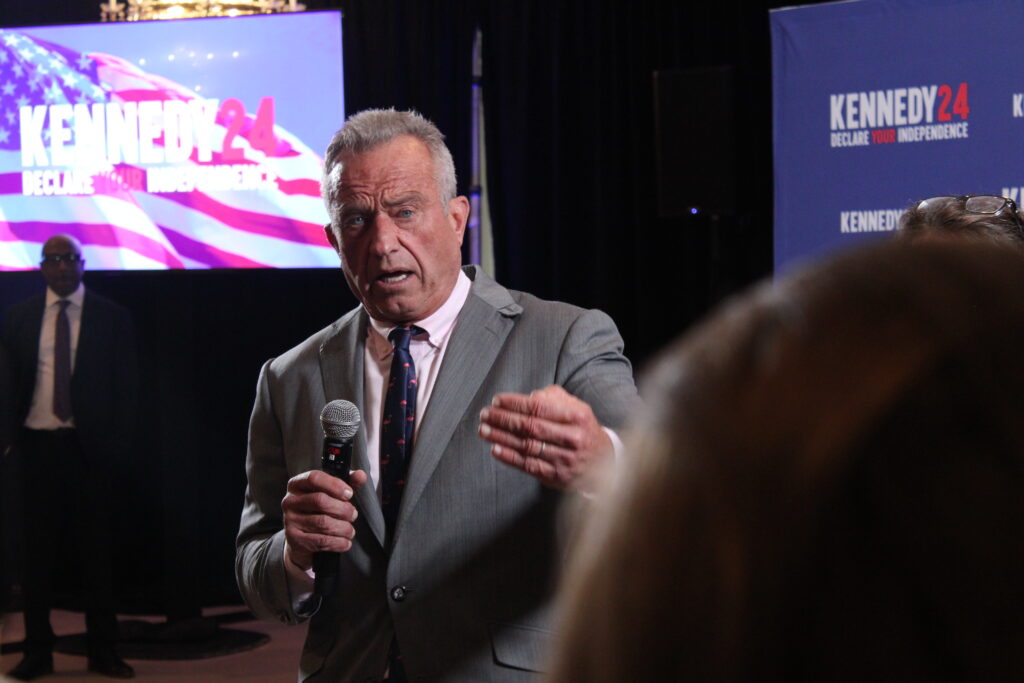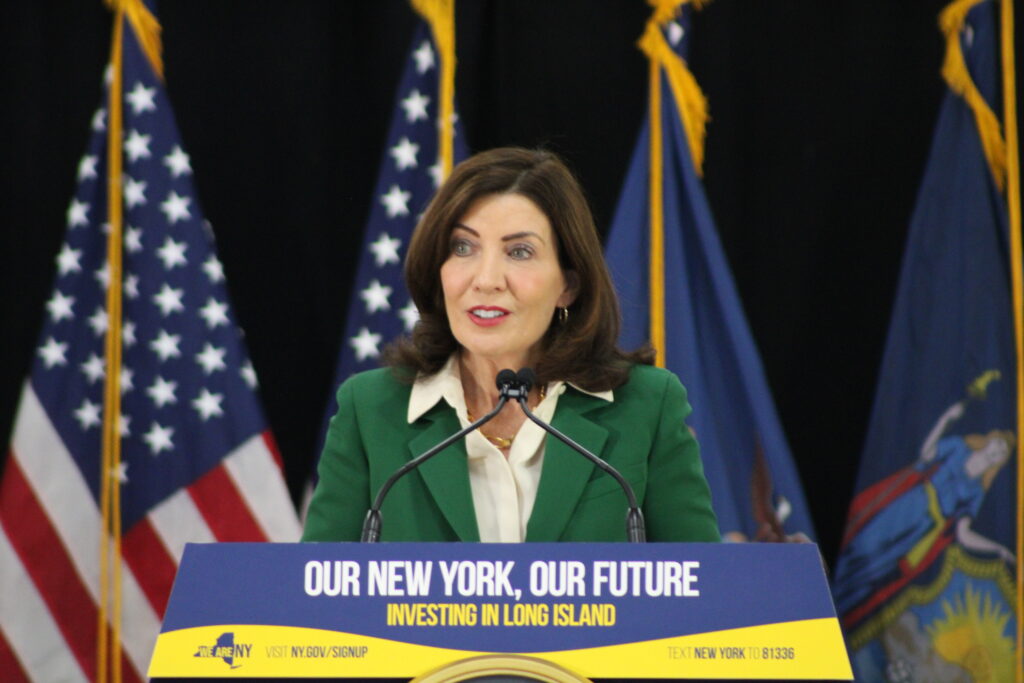National
The world awoke Monday morning, just a day after Easter, to a significant passing, that of Pope Francis.

Francis served as the leader of the Catholic Church and sovereign of Vatican City from 2013 until his death on Monday.
Francis, born Jorge Mario Bergoglio, has often been known as “pope of firsts”. He was the first pope from Latin America – he was born in Argentina, the first from the Jesuit Order (the Society of Jesus), the first from the Americas, the first from the Southern Hemisphere, and the first born or raised outside of Europe since Pope Gregory III, who was born in Syria and whose papacy ranged from February 731 to November 741.
Francis was ordained as a Catholic priest in 1969 and from 1973 to 1979, he was the Jesuit principal superior in Argentina. He came the archbishop of Buenos Aires in 1998 and was made a cardinal in 2001 by Pope John Paul II.
He was elected pope by the papal conclave after the resignation of Pope Benedict XVI in 2013. He chose Francis as his papal name in honor of Saint Francis of Assisi, making him the first Pope to take the name.
Francis was noted for his work in increasing the worldwide clout and respect of the church, teaching acceptance, love, tolerance, and even bucking the church’s more culturally conservative values. He believed that the Catholic Church should be more sympathetic to cultural and ethnic minorities, bless same-sex relationships – albeit devoid of liturgical context – and was a critic of certain forms of economics and capitalism. He was also an ardent advocate for climate change and committed the Catholic Church to a worldwide abolition of positive views on the death penalty, which he viewed as inadmissible.
He also signed the Vatican’s first treaty with Palestine and condemned Israel’s military actions in Gaza.
Francis had been in declining health for several weeks prior to his passing, making his final public appearance on Easter Sunday.

In U.S. news, Health and Human Services (HHS) Secretary Robert F. Kennedy, Jr. (I-CA) (pictured above) is moving closer to fulfilling a key campaign promise to “Make America Healthy Again” by announcing a phase-out of petroleum-based food dyes in the American food supply.
Food and Drug Administration (FDA) Commissioner Marty Makary said on Tuesday that the agency would take steps to eliminate the use of synthetic dyes by the end of 2026.
Kennedy has said that while the federal agencies and the food manufacturers “don’t have an agreement”, they do “have an understanding.”
Kennedy and company have said they will establish a timeline and standards for the industry to switch to natural alternatives. They will also be proactive in revoking authorization for dyes not in production within the coming weeks and they will also take actions to remove remaining dyes from shelves.
“Today, the FDA is asking food companies to substitute petrochemical dyes with natural ingredients for American children as they already do in Europe and Canada,” said Makary. “For the last fifty years, we have been running one of the largest uncontrolled scientific experiments in the world on our nation’s children without their consent.”
The FDA currently allows for thirty-six color additives, which include eight synthetic dyes. The agency already announced in January that Red 3, used in candies, cakes, and some medications, would be banned by 2027, due to its link to cancer in laboratory rats.
Food manufacturers in Europe and Canada are required to carry warning labels. Several states, including California and West Virginia, have already passed laws against using synthetic food colorings. West Virginia’s state law to prohibit red, blue, yellow, and green artificial dyes from school meals will take effect on August 1. A larger ban will cover all foods sold in the Mountain State starting January 1, 2028.
Some manufacturers have already climbed aboard the initiative. The International Dairy Foods Association has said its members would do away with artificial colors in milk, cheese, and yogurt products sold in the U.S., primarily its school meal programs, by July 2026.
On the other hand, the International Association of Color Manufacturers said that reformulating foodstuffs in less than two years would “ignore scientific evidence and underestimates the complexity of food production.” They added the process could be neither “simple” nor “immediate”, with supply disruptions likely to hit shelves.
On the electoral level, Democrats scored two strong recruits to help bolster their already-long-shot prospects at retaking the U.S. Senate in 2026.
In Michigan, the open seat presents one of Democrats’ greatest problems for the next cycle. Having won every Senate race in the Wolverine State since 1994, Democrats are hoping Congresswoman Haley Stevens (D, MI-11) can present an edge to the field.
Stevens flipped a suburban Detroit seat in 2018, holding it in 2020 before it was redrawn to become a safely blue seat in 2022 and 2024.
Should Stevens win, she’d follow the path of Senator Elissa Slotkin (D-MI), who flipped a Lansing-based seat in 2018, defending a seat that remained competitive until she was narrowly elected to the Senate in 2024.
Meanwhile, Democrats scored perhaps one of the best recruits in Governor Andy Beshear (D-KY) to run for Mitch McConnell’s (R-KY) open seat.
McConnell has represented Kentucky in the Senate since 1985, and amid health concerns and a changing power dynamic on Capitol Hill, he decided to retire rather than pursue an eighth term.
Democrats spent nearly $100 million on an effort to oust him in 2020, only for him to win in a landslide. Now, with the open seat scenario, Democrats are hoping to capitalize on anti-Trump sentiments next year, and Kentucky provides one of the most moderate-conservative Democrats in the nation.
Narrowly ousting an unpopular Republican in 2019, Beshear held re-election over a worthy opponent in 2023. He is term-limited in 2027, making his run for Senate all the more natural.
Popular governors of the party opposite their state’s typical lean have a historically difficult time winning Senate elections, which, especially as of now, are more adherent to their presidential voting preferences. Larry Hogan (R-MD) suffered the same fate in Maryland in 2024, as did Phil Bredesen (D-TN) in 2018, and Linda Lingle (R-HI) in Hawaii in 2012.
Finally, Republicans held a special State House election in Connecticut on Tuesday night, but Democrats can add another overperformance to their 2025 scorecard.
Jason Perillo (R) resigned after winning a State Senate special election in February. He held Connecticut’s 113th House District for seventeen years, winning most recently by a 64%-36% margin.
Amy Romano (R) held the seat over Mike Duncan (D), but by a five-point margin.
Democrats have a large 102-seat majority of Connecticut’s 151-member lower chamber. Republicans control 48 seats; one seat is vacant.
State

A Siena College poll has found Governor Kathy Hochul (D) (pictured above) doing something that’s rare in their polls: improving her numbers.
Hochul’s job approval rating now takes a net-positive, albeit still a plurality, at 48%-45%, up from the underwater 46%-48% position she was in last month. Her favorability rating has also improved, standing at 44%-43%, up from 40%-50% in March.
However, a majority of voters still prefer someone else to serve as governor, with 39% of voters eager to re-elect her. 48% want “someone else”, which is a modest improvement from the 34%-56% gap observed last month.
Hochul’s slight improvements seem to stem from her budget proposals, including a smartphone ban in schools during instructional hours, criminalizing wearing masks to commit crimes, and amending Discovery Reform. All three initiatives enjoy mostly the same levels of support from Republicans, Democrats, and Independents, varying between 41% to 70%.
This is Hochul’s first positive approval rating since January 2024.
President Donald Trump (R-FL) also experiences little movement in his numbers from last month. His favorability is up 40%-55% from 39%-57%, while his job approval rating rests at 42%-56%, little changed from 42%-55% in March.
New Yorkers remain split on his plans to make the federal government more efficient (48%-49%), as well as his initiatives on reducing the cost of living and enhancing the country’s reputation internationally (52%-55%).
Senator Chuck Schumer (D) has also tracked his lowest favorability ratings in twenty years of Siena College polls, with a 39%-49% rating, down from 45%-41% in February.
The poll was conducted April 14-16 among 802 registered New York voters through a combination of landline and cell phones, text-to-web, and online panels.
Local
Congressman Andrew Garbarino (R-Bayport) recently hosted a telephone town hall that drew thousands of constituents.
According to his office, 10,281 residents joined the NY-02 telephone town hall.
“The fight right now is front and center…Now we have the numbers, and any extension of the $10,000 cap will not fly…We’re going to have [SALT relief] in the [reconciliation] bill, and it’s gonna be something that I think you all can be very proud of, because if it’s not something I can be proud of, I’m not going to vote for it,” said Garbarino in a statement.
On potential cuts to Social Security, Garbarino said, “Social Security, under the budget reconciliation process, is not permitted to be touched.
There is a lot of bad information out there, saying that the reconciliation bill will affect Social Security benefits and such. We are not legally allowed to touch it under this process, so that information that you’re getting out there, that this might be changed under reconciliation, is false.”







